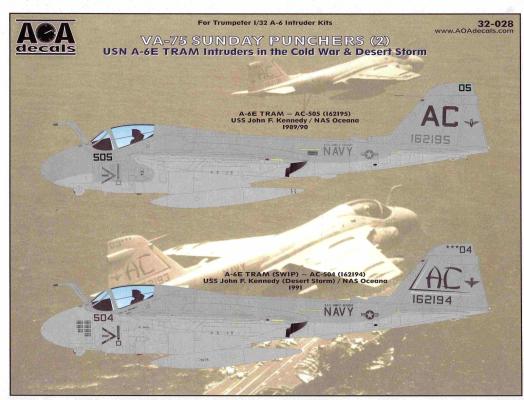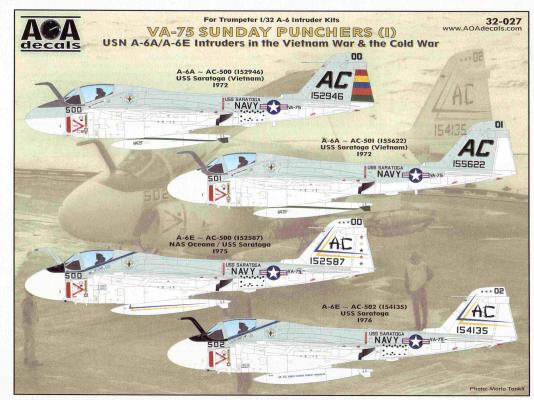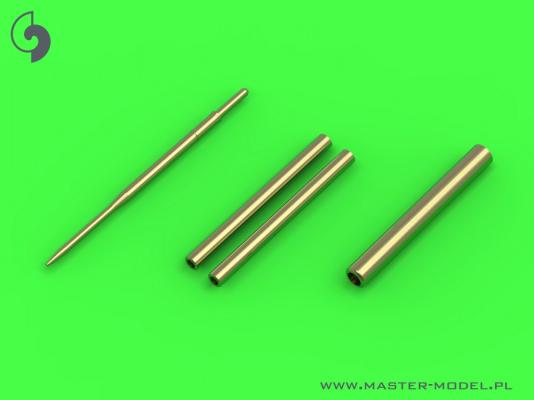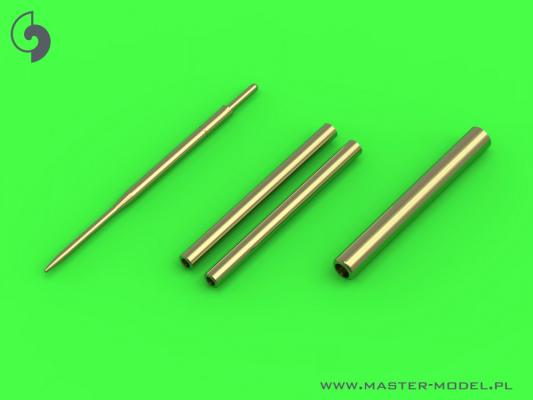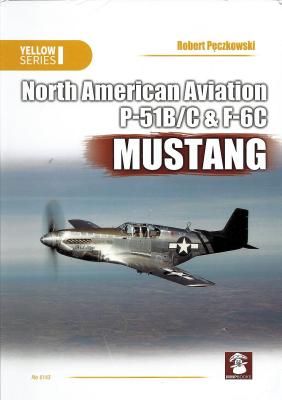AOA Decals specializes in Vietnam to modern era planes and covers all the major scales. This sheet is 1/32nd scale and complements with VA-75 SUNDAY PUNCHERS (1), Sheet 32-027 and covers a spans of almost 20 years of the A-6 Intruder in service with one Navy squadron - VA-75 Sunday Punchers - from Vietnam to Desert Storm. This review is for Part 2 and covers the low visibility period with coverage of the late 1980s into Operation Desert Storm in 1991. There are two markings included for the following:
Welcome to the IPMS/USA Reviews site!
Introduction: The primary organization of the IPMS/USA Review website is by IPMS/USA National Contest Class. Within each Class there are sub-menus by kits, decals, books, etc. The Miscellaneous Class is for items that are not class specific or that cross two or more classes.
IPMS/USA Members: We encourage you to submit reviews, both here and to the Journal. To volunteer for membership in the IPMS/USA "Reviewers Corps" and submit your own reviews, please read the Guidelines For Submitting Product Reviews.
Manufacturers, publishers, and other industry members: IPMS/USA is pleased to offer your company the opportunity for product reviews. All product reviews are performed by IPMS/USA members, and are posted in the publicly-accessible section of our website. With very few exceptions, we perform full build reviews of new kit releases, aftermarket products, and supplies. If you would care to provide product samples for review, please contact John Noack, IPMS/USA 1st VP.
To learn more about IPMS/USA, please see our About Us page.
AOA Decals specializes in Vietnam to modern era planes and covers all the major scales. This sheet is 1/32nd scale along with VA-75 SUNDAY PUNCHERS (2), Sheet 32-028 covers a spans of almost 20 years of the A-6 Intruder in service with one Navy squadron - VA-75 Sunday Punchers - from Vietnam to Desert Storm. This review is for Part 1 and covers the high visibility period including coverage of their third and final deployment to Vietnam in 1972-73 and also their better known postwar white-tail markings. Markings are included for the following:
The F-5 series of aircraft comes armed with two 20mm, M-39 cannons, each with 280 rounds of ammunition. The U.S. Air Force and U.S. Navy both used the F-5 in a training role, with different paint jobs and tactics to simulate enemy aircraft in air-to-air combat training.
Master Models has come up with brass replacement gun barrels and a turned brass pitot probe for the nose. Four parts are included, two gun barrels, one gun fairing, and a pitot probe. Each of the gun barrels has a realistic barrel shape, open at one end and faired closed at the other. The gun fairing is slightly larger than the two gun barrels and gives you the option of having just one gun in the nose.
The F-5 series of aircraft comes armed with two 20mm, M-39 cannons, each with 280 rounds of ammunition. The U.S. Air Force and U.S. Navy both used the F-5 in a training role, with different paint jobs and tactics to simulate enemy aircraft in air-to-air combat training.
Master Models has come up with brass replacement gun barrels and a turned brass pitot probe for the nose. Four parts are included, two gun barrels, one gun fairing, and a pitot probe. Each of the gun barrels has a realistic barrel shape, open at one end and faired closed at the other. The gun fairing is slightly larger than the two gun barrels, and gives you the option of having just one gun in the nose.
The book opens with the developmental history of the P-51 Mustang. In early 1940, as World War II was developing in Europe, the British approached North American Aviation in about building P-40s for the Royal Air Force under license from the Curtiss-Wright Corporation. North American countered with an offer to design and build an improved fighter aircraft. The next phase of history is well known, as the NA-73 design was accepted by the British and eventually the US Army Air Forces took notice. The original design utilised the same twelve-cylinder Allison engine as the P-40, but the laminar-flow wing and other aerodynamic improvements allowed the new aircraft to fly faster and with great range. However, the Allison-engined P-51A version had weaknesses at higher altitudes so the airframe was modified to use the Rolls-Royce Merlin engine that had proven its value in the British Spitfire.











